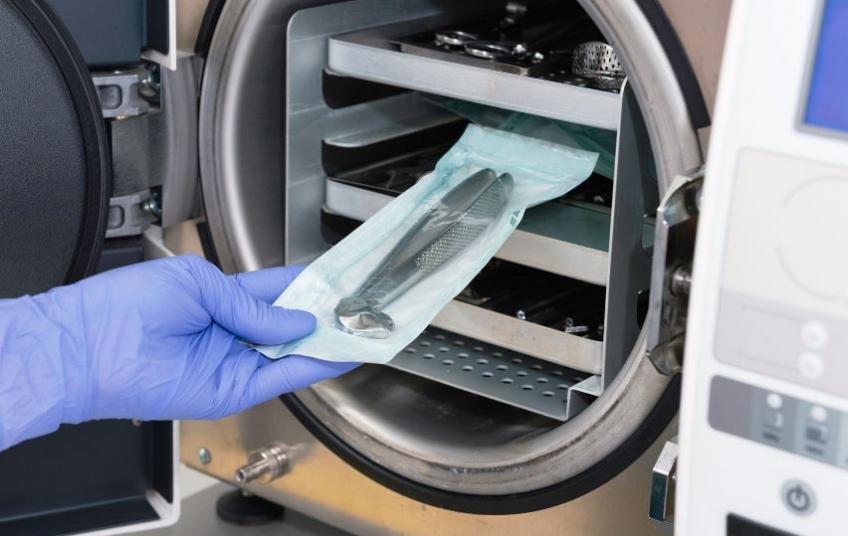Advancements in Materials and Processes
As medical device technologies have become more sophisticated, so too have the packaging requirements for maintaining device sterility. Implantable devices like pacemakers, orthopedic screws and spinal implants must remain free from contamination throughout the manufacturing, sterilization and distribution process to ensure patient safety. Meeting stringent sterile barriers and shelf life specifications has driven continuous improvements in packaging materials, assembly techniques and validation methods.
Barrier Properties of Film and Foil Layers
Traditional medical implant sterile packaging relied on multilayer foil materials to provide an effective barrier against microbes. Foil layers offered significant barrier properties but were rigid and bulky, requiring specialized high-force sealing equipment. Advances in polymer chemistry led to the development of high-performance barrier films made from materials like ethylene vinyl alcohol (EVOH) and polyethylene naphthalate (PEN). These films maintain excellent moisture and gas barrier abilities while having flexibility, clarity and puncture resistance advantages over foil. Their enhanced mechanical properties allow for gentler packaging and sterilization processes.
Advanced Sealing Technologies
As package design evolved toward multiple nested sealed pouches or peel-open tray configurations, new sealing methods were needed to join the high-barrier film layers securely and consistently. Heat sealing delivered reliable bonds but risked overheating sensitive components. Advances in radiofrequency (RF) and ultrasonic sealing enabled forming precisely controlled seals without applying direct heat to the package interior. These techniques generate frictional heat at the interface of the layers for hermetic peels and lids. They reduce seal cycle times and defects compared to conventional heat sealing.
Validating Integrity over the Lifecycle
Ensuring package integrity is maintained throughout distribution and the full intended product lifetime requires extensive testing and validation. Package seals, materials and completed configurations must withstand sterilization exposures like ethylene oxide or gamma irradiation without compromising the sterile barrier. Accelerated aging studies subject packages to heat, humidity and other stressors to predict long-term real-world performance. Dye penetration, seal strength analysis and non-destructive leak testing help verify the barriers still prevent particulate contamination years into use. Standardized validation protocols provide regulatory documentation of sterile maintenance.
Automating Production for Quality and Efficiency
As medical implant sterile packaging grew more technically complex, manual assembly processes struggled to deliver consistent quality at scale. Automated packaging lines integrate forming, filling, sealing and sterilization functions with in-line inspection and validation testing. Robotic handling and vision systems orient components accurately to minimize defects from misalignment. In-process monitoring confirms package integrity is unaffected by each process step. Automation ensures reproducible package builds that precisely meet validated configurations and critical parameters like seal width and bond strength. It improves operational efficiencies, sterility assurance and long-term shelf life potential compared to manual assembly.
Regulatory Expectations Drive Continuous Progress
Medical device regulations like the FDA's Quality System Regulation place stringent requirements on maintaining aseptic conditions and sterility throughout a product's lifecycle. As patients benefit from longer-residing implants, demonstrating the ability to retain sterility over extended shelf lives becomes more crucial. Packaging advancements aimed at optimized barrier properties, validation robustness and production reliability help manufacturers satisfy rising regulatory and market needs. Their innovations will continue progressing medical technologies by providing a sterility assurance container suited to each new device's unique requirements and intended usage parameters. Meeting the evolving standards for sterile barrier performance drives ongoing cycles of packaging material, design, sealing and validation enhancements.
In conclusion, medical implant sterile packaging systems have greatly improved through advances in polymeric film barrier properties, sealing technologies, validation testing rigor and automated production capabilities. These innovations strengthen the packaging's ability to reliably maintain sterility over lengthening device lifetimes, satisfying increasingly stringent regulatory expectations. Continuous progress in materials science, package design and validation methodology will further optimize sterile containment supporting next-generation implantable medical devices.
Sterility Assurance: Evolution of Medical Implant Packaging



